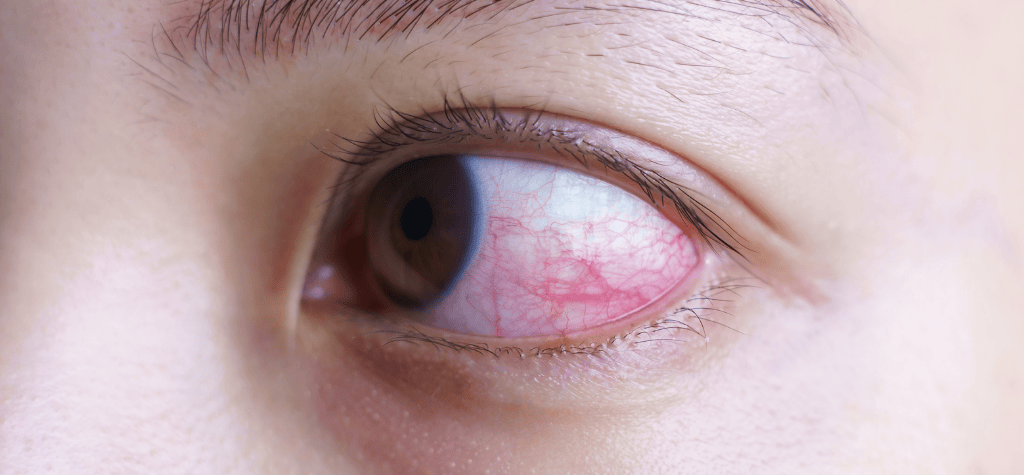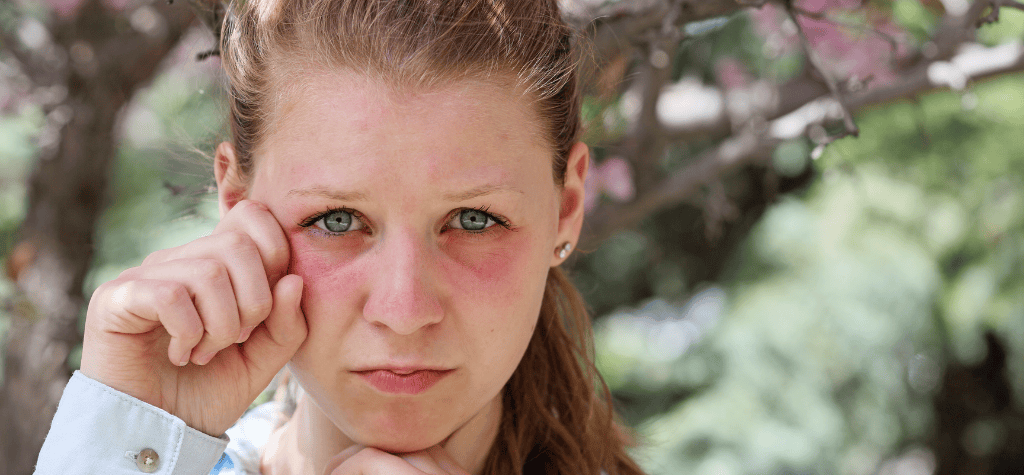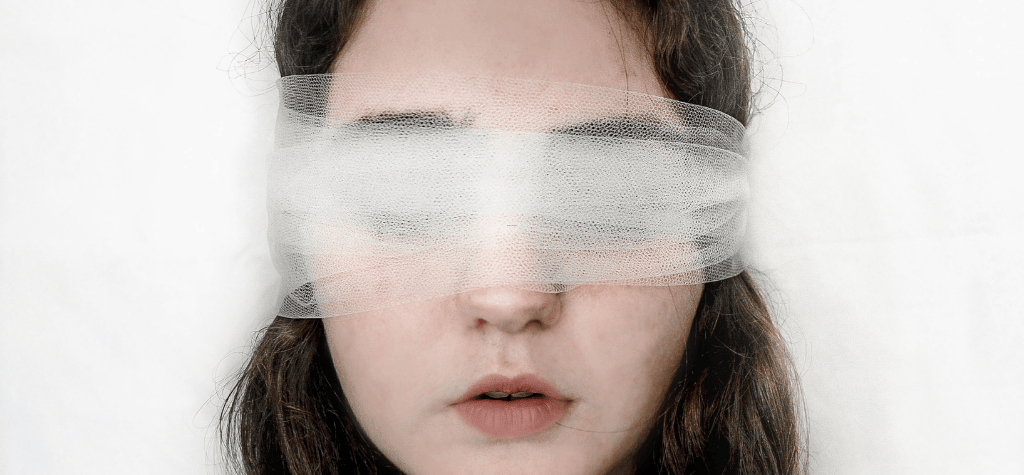Contact lenses are a modern marvel—convenient, comfortable, and almost invisible. But wearing them longer than recommended can turn this convenience into a health hazard. Many users don’t realize that even a few extra hours of wear can trigger discomfort or serious eye conditions. In this article, we explore the 9 things that happen when you wear contacts too long, what they mean for your eye health, and how you can avoid them.
Understanding Contact Lens Wear Time
What Does “Too Long” Really Mean?
Each contact lens comes with a specific wear time—daily, bi-weekly, or monthly. “Wearing too long” can mean sleeping in lenses not designed for overnight use, exceeding the recommended wear time each day, or using lenses past their disposal date. All these habits can impact your eye health negatively.
Daily, Bi-weekly, and Monthly Lens Lifespans
- Daily lenses: Dispose of after one day.
- Bi-weekly lenses: Replace every 14 days.
- Monthly lenses: Discard after 30 days of use.
Even if lenses look clean, they’re breeding grounds for bacteria after extended use.
Thing #1: Eye Dryness and Discomfort

Causes of Dry Eyes from Prolonged Wear
Contacts block some oxygen from reaching your cornea, and over time, this can dry out your eyes. As the lenses absorb moisture, they leave less hydration for your eye surface.
Preventive Measures
- Use rewetting drops throughout the day.
- Follow the prescribed wear schedule.
- Take lens-free breaks to let your eyes rest.
Thing #2: Redness and Irritation
How Oxygen Deprivation Triggers Redness
Wearing lenses too long deprives the cornea of oxygen (known as corneal hypoxia), causing the blood vessels to expand in response. This results in red, inflamed eyes.
When to Seek Medical Advice
If redness persists after removing your lenses and applying drops, consult your eye doctor—it could signal something more serious like keratitis.
Thing #3: Increased Risk of Eye Infections

Bacterial, Fungal, and Viral Infections
Prolonged lens wear increases exposure to harmful microorganisms. Conditions like bacterial keratitis or fungal infections can cause severe pain, blurred vision, and even blindness.
How to Maintain Proper Hygiene
- Wash hands before handling lenses.
- Disinfect lenses with approved solutions.
- Never use tap water or saliva for cleaning.
Thing #4: Corneal Hypoxia
Understanding Oxygen Flow to the Cornea
The cornea is avascular—it relies on oxygen from the air. Contact lenses act as a barrier. Extended wear limits oxygen supply, causing swelling, cloudiness, or long-term damage.
Signs and Long-Term Risks
Symptoms include hazy vision, light sensitivity, and eye fatigue. Long-term effects may include chronic inflammation or vascularization of the cornea.
Thing #5: Blurry Vision and Reduced Clarity

How Contacts Can Accumulate Deposits
Protein, lipid, and environmental deposits can build up on the lens surface, especially when worn beyond their intended lifespan. This leads to blurry vision and discomfort.
Replacing Lenses for Better Vision
Use lenses as instructed and store them in fresh solution daily. Replace cases every 3 months to avoid contamination.
Thing #6: Corneal Ulcers (Keratitis)
What Is a Corneal Ulcer?
A corneal ulcer is an open sore on the cornea, often caused by bacterial infection due to poor lens hygiene or overwear. It’s a serious condition that demands immediate attention.
Causes, Symptoms, and Treatment
Symptoms include severe pain, redness, discharge, and vision loss. Treatment typically involves antibiotic eye drops or oral medication. In some cases, surgery may be required.
Thing #7: Eye Allergies and Sensitivities

Reaction to Lenses or Solutions
Wearing lenses too long increases exposure to allergens like pollen, dust, or lens solution preservatives. This can lead to itchy, swollen, and watery eyes.
Switching Brands or Materials
Your optometrist may recommend switching to lenses with higher oxygen permeability or hypoallergenic cleaning solutions.
Thing #8: Contact Lens Intolerance
When the Eyes Reject Lenses
Wearing contacts for extended periods can desensitize or inflame the eyes, leading to contact lens intolerance. This means you can no longer wear them without discomfort.
Alternatives like Glasses or LASIK
Some users transition to glasses or consider corrective surgeries like LASIK as permanent solutions.
Thing #9: Risk of Permanent Vision Damage

Extreme Cases and Delayed Diagnosis
When symptoms like pain, redness, or blurred vision are ignored, infections or ulcers can worsen, potentially resulting in permanent vision loss.
Importance of Regular Eye Exams
Annual check-ups allow your eye doctor to monitor your eye health and adjust your lens prescription or routine as needed.
Best Practices for Safe Contact Lens Use
Following Wear Schedules
Stick to the recommended wear and disposal schedule. Set reminders if necessary to ensure you’re not overextending use.
Cleaning and Storage Guidelines
Always use fresh cleaning solution, never reuse old liquid, and clean your lens case regularly. Avoid exposing your lenses to water sources like pools or showers.
Frequently Asked Questions (FAQs)
Q1: Is it okay to nap with my contacts in?
A1: Only if they’re specifically designed for extended wear. Otherwise, napping in contacts can increase the risk of infection and dryness.
Q2: What should I do if my eyes feel dry while wearing contacts?
A2: Use lubricating drops approved for contact lenses, and remove lenses if discomfort persists.
Q3: Can I wear contacts past their expiration date?
A3: No, expired lenses are unsafe and can cause infections or irritation.
Q4: How do I know if I have a corneal ulcer?
A4: Symptoms include intense pain, redness, blurred vision, and sensitivity to light. Seek immediate medical help.
Q5: What’s the safest way to clean contact lenses?
A5: Rinse with a multipurpose solution, rub gently, and store in fresh solution. Never use water.
Q6: Are monthly lenses better than daily ones?
A6: It depends on your lifestyle. Dailies are more hygienic; monthlies are more cost-effective with proper care.
Conclusion: Protect Your Eyes—Use Contacts Responsibly
Wearing contacts too long can lead to a range of issues—from minor discomfort to severe infections and even permanent vision loss. By following prescribed wear times, practicing good hygiene, and staying alert to warning signs, you can enjoy the benefits of contact lenses without risking your eye health. Remember: when in doubt, take them out.

